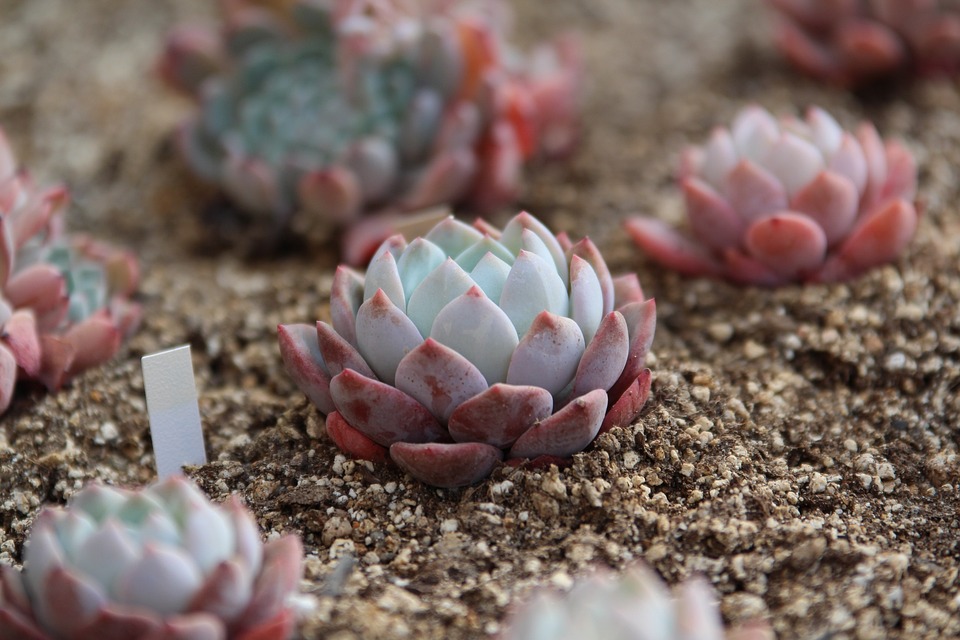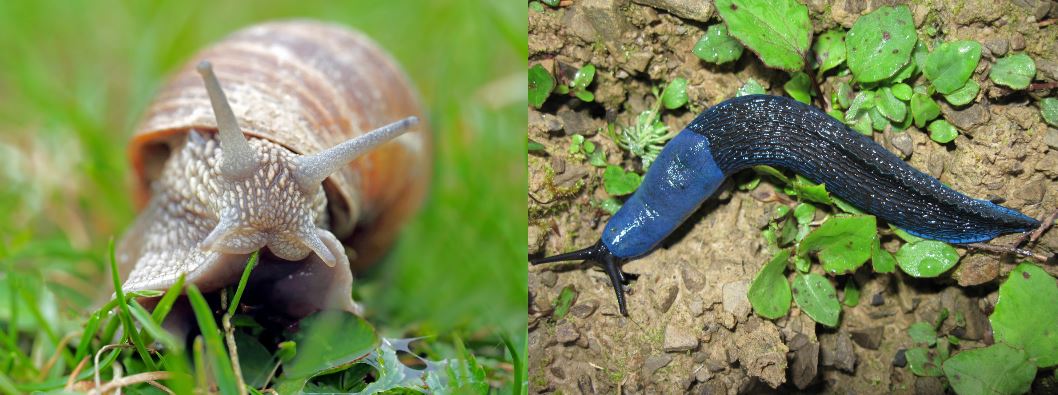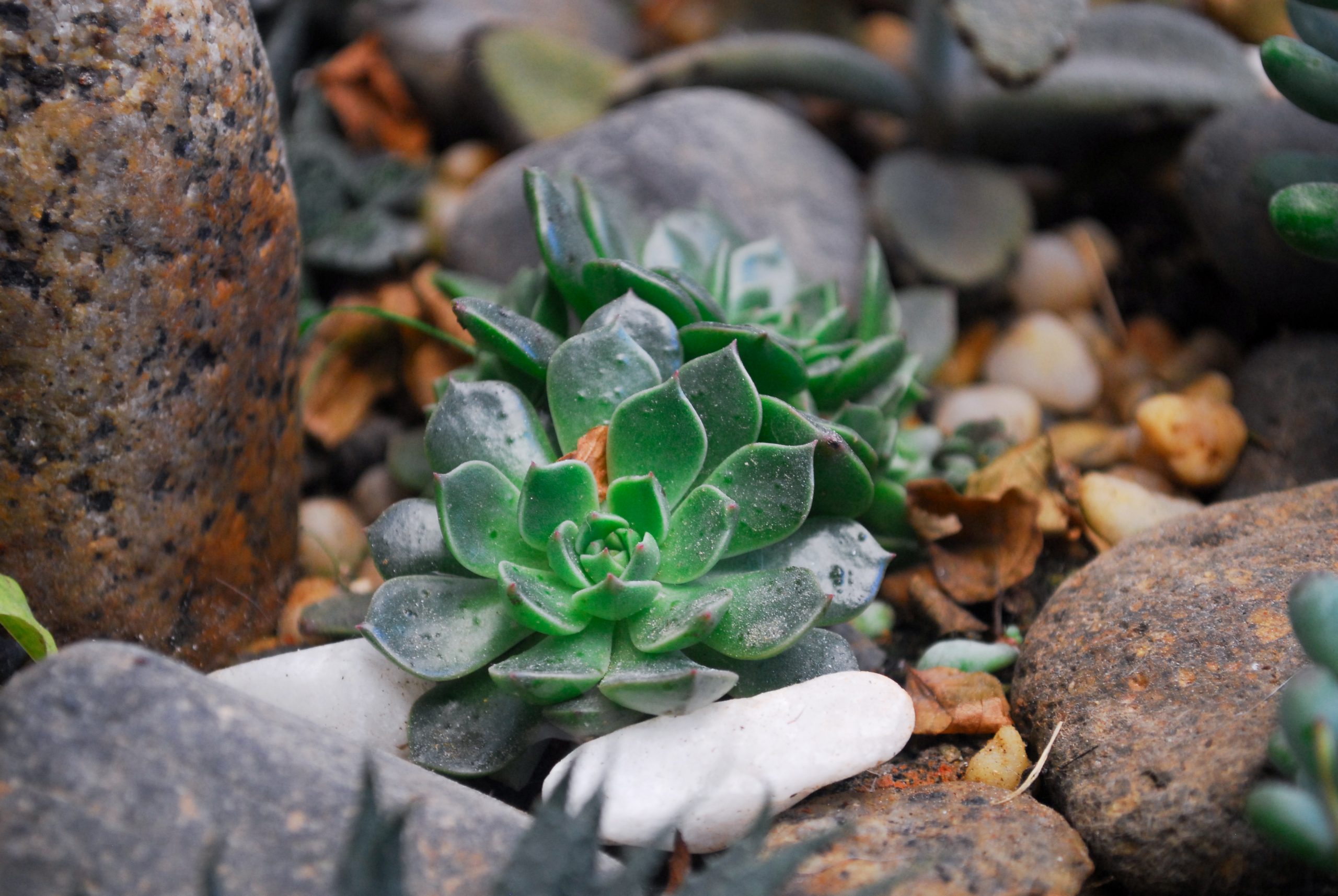Plants are beneficial on earth. Life without plants is impossible. Some houses have mini gardens, terraces, and large courtyards, while others have homes without gardens or small apartments with tiny windows.
Very often, many people also find themselves with no space for a garden. Thanks to mini-gardens, it is now possible to have a garden of your own. Read to know more!
What is Miniature Gardening?
Miniature gardening is a wonderful hobby that is becoming increasingly popular among plant lovers. This activity is inspiring because it allows you to free your imagination and creativity. It is a great way to realize different ideas and create your style.
A significant additional benefit is that it also purifies the air in your home.
Tips and Steps for a Successful Mini-Garden at Home
- The first thing to consider is the container. Clear glass containers allow a lot of light to pass through.
- You also need to make sure the container is deep enough for the roots to grow and retain moisture inside.
- For plants that do not need much moisture, open containers are suitable. Kamaboko or round pots are very ideal for this purpose.
Materials Needed:
- Gravel or pebbles
- Charcoal or activated charcoal
- Culture medium or potting soil
- Moss or decorative rocks (optional)
Plants to Consider
Good plants for mini-gardens are small, shade-loving plants that can tolerate high temperatures and high humidity.
For enclosed mini-gardens, orchids, ferns, bromeliads, and begonias are good choices.
You can plant succulents, cacti, and small fruit trees for an open mini-garden.
Steps for Creating a Mini-Garden at Home
- Cover the pot with 2 to 3 cm of gravel. This will prevent water from coming in contact with the roots. You can also spread water moss on top. This kind of sponge absorbs water and prevents the soil from sinking into the gravel.
- Mix charcoal into the soil. This biological material helps drainage and aids root growth. Layer this so that the pot is about one-fourth to one-third full.
- Remove the chosen plant from the container and plant it in the soil. Make sure there is enough space for the roots to grow. Leave about 10 cm between plants.
- Once the plants are in place, cover the surface with water moss or, if you prefer, decorative stones. These will prevent weeds from growing.
- Finally, water until the gravel at the bottom is moist. The frequency of watering depends on the type of plant you have chosen. Always make sure the soil is moist. Watering should be done as much as possible during non-sunny hours (early morning or evening). (early morning or evening).
- As the plant grows, prune branches to shape the plant. Be sure to remove any dead or yellow leaves.

Mini Home Garden
- Use pots or glass tubs to create a beautiful mini garden at home. You can also add pebbles or potting soil.
- Always remember to choose small plants that can grow in the shade.
- You can put them in planters on a table or near a window.
Mini Balcony Garden
- If your house has a balcony, you can use this space to create a mini garden. For example, if you choose vining plants, you can create a great indoor or outdoor balcony.
- In summer, these plants will make it look like a tropical jungle. Not only for you, but also for those viewing your balcony from outside.
Indoor Gardens
- If you have a house with an indoor garden, this is your chance to create a wonderful atmosphere indoors.
- Create a mini garden in this space. Don’t fill it with large plants that don’t fit the space. Choose small plants that allow for good light.



